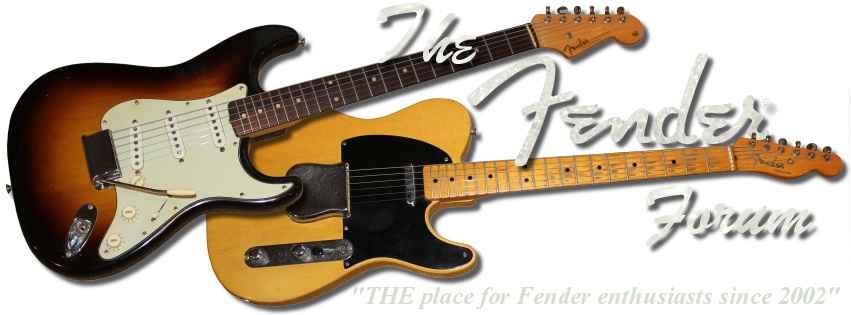There's a couple songs I play that call for a note to hang and sustain and turn into controllable feedback. My problem is one day positioning my guitar relative to the speakers works and the next it doesn't. It's very frustrating and I feel like the surfer that gets left behind trying to catch the big wave.
My set up now is a Les Paul with 500T pup through a Marshall and Fulltone FD11. As I said sometimes I get it to work but one would think this would be the optimal equipment to acheive this.
Anyone have any trick or tips on how to attain controllable feedback at reasonable volume levels?




 Reply With Quote
Reply With Quote










 Don't know why I didn't think of that ;)
Don't know why I didn't think of that ;)
